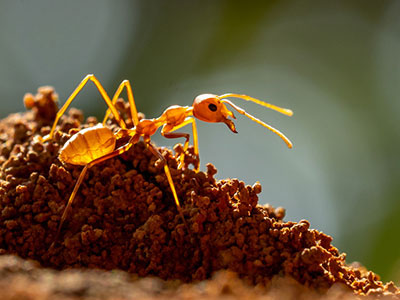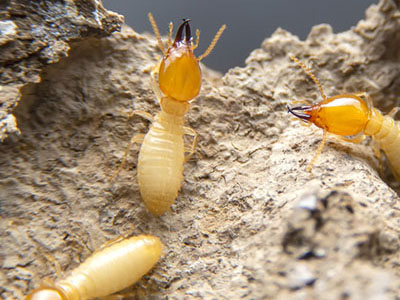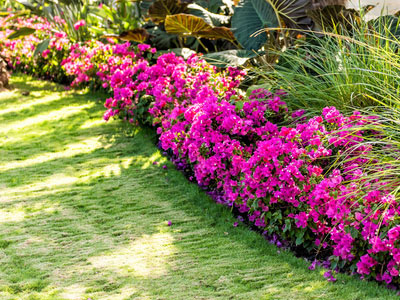For A Healthy Lawn And Landscape!
Mulch is a good way to discourage weed growth and conserve water in your landscape. It is beneficial to your plant beds and around leave trees. However, too much mulch around the perimeter of your home can be a good hiding place for insects and in some cases attract uninvited pests into your home.
Mulch can be applied around established plants at any time. Newly set plants should be mulched after they are planted and thoroughly watered. Once plants in a ground cover or shrub bed have formed a solid mass by touching one another, the mulching requirement is reduced.
Landscape Spraying and Fertilization Discounts & Coupons
Valid on new service only. Discounts cannot be applied toward current services or renewals.
Organic Mulches:
Organic mulches will gradually decompose and need replenishing to function effectively. How often mulch needs to be replenished will depend on the mulching material:
- Grass clippings and leaves decompose very rapidly and need to be frequently replenished.
- Other organic mulches such as cypress mulch, pine bark, and wood chips break down very slowly and only need to be replenished every year or two.
Restoring Color To Organic Mulch:
Most organic mulches will change with age from their original colors to a weathered grey color. There are several ways of restoring color to mulches:
- One approach is to apply a thin (one inch or less) layer of fresh mulch to the surface of the existing mulch. This approach is labor intensive, expensive, and can result in an excessively thick mulch layer.
- Another approach is to shallow rake the existing mulch to restore a freshly mulched appearance.
Inorganic Mulches:
Inorganic mulches, such as gravel, pebbles, and stones, are considered permanent mulches and rarely need replenishing. Still, small particles will eventually move down into the soil and a thin layer will need to be added from time to time. Inorganic mulch material is ideal to use around the perimeter of your home.
Applying Mulch
At Hulett Environmental Services, our home pest control service is targeted and individualized for your home and property’s unique needs. When you schedule a FREE inspection with Hulett, we will have a pest control expert arrive at your home at a time that is convenient for you to provide a comprehensive inspection.
- Mulch entire plant beds with a layer of mulching material. When mulching individual trees in lawns, create a circle of mulch (around two feet in diameter) for each inch of trunk diameter. Increase the size of the mulched area as the tree grows.
- Pull mulch 1 to 2 inches away from the stems and trunks of plants. The high moisture environment created by mulch increases the chances of stem or trunk rot, which can result in plant death.
Benefits Of Mulching:
- Mulch can prevent water loss from the soil through evaporation.
- Mulch suppresses weeds when the mulch material itself is weed free. It must be applied deeply enough to prevent weed germination, and to smother existing small weeds.
- A more uniform soil temperature can be maintained by mulching.
- Organic materials used as mulch can improve soil structure. As mulch decays, the material becomes topsoil. Decaying mulch may also add nutrients to the soil.
- Mulches add to the beauty of the landscape by providing uniform color and interesting texture to the surface.
A Green And Healthy Yard:
Proper mulching is an important part of your lawn spraying & fertilization, but it is only one of many steps to a green and healthy yard. Hulett Environmental Services offers a full array of lawn pest, plant disease, weed control, and specialized fertilization services to meet your landscape’s specific needs.



